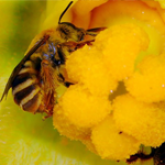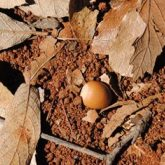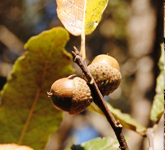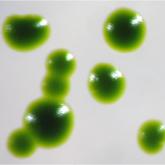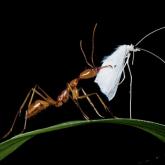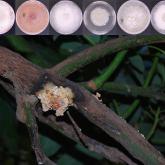Biodiversidad funcional en el suelo
Project Leader:
Dr. Felipe García Oliva1 1 .
Working Group:
Dra. Yunuen Tapia Torres2 , IBQ. José Alberto Morón Cruz .
1 Instituto de Investigaciones en Ecosistemas y Sustentabilidad, Universidad Nacional Autónoma de México
2 Escuela Nacional de Estudios Superiores, Unidad Morelia, Universidad Nacional Autónoma de México
Soils hold a large
number of species of different biological groups that play an important role in
ecosystem functioning. For example, availability of soil nutrients is mediated
by the activity of different microbial species. For instance, available phosphorus
in soil is released through the mineralization of organic molecules by the
action of enzymes produced by fungal and bacterial species. In a similar way, N
fixation from the atmosphere is made by several bacterial species. Also,
microbial species can produce organic acids, which release P from stable
inorganic molecules. Microbial species that carry out the different ecological
processes have specific genes that code for the production of substances needed
for these processes (e.g. enzymes or organic acids). Since these functional
genes are specific of some microbial species, it is important to describe the
functional genetic diversity of the soil microbial community to fully
understand nutrient transformations.
The main objective
of the present project is to analyze the functional genetic diversity of
different soil microbial communities. The soils studied come from temperate
forests and deserts ecosystems. The results of this project will allow a better
understand of soil nutrient availability processes, but will also permit the
identification of specific microbial species which can be used for the
development of bio-fertilizers for reclamation of degraded soils.
Additionally, the
functional gene diversity of soil microbial communities will be correlated with
soil organic matter composition and nutrient transformation processes, which
explain the soil-plant-microorganisms system as a basis of ecosystem
productivity.




